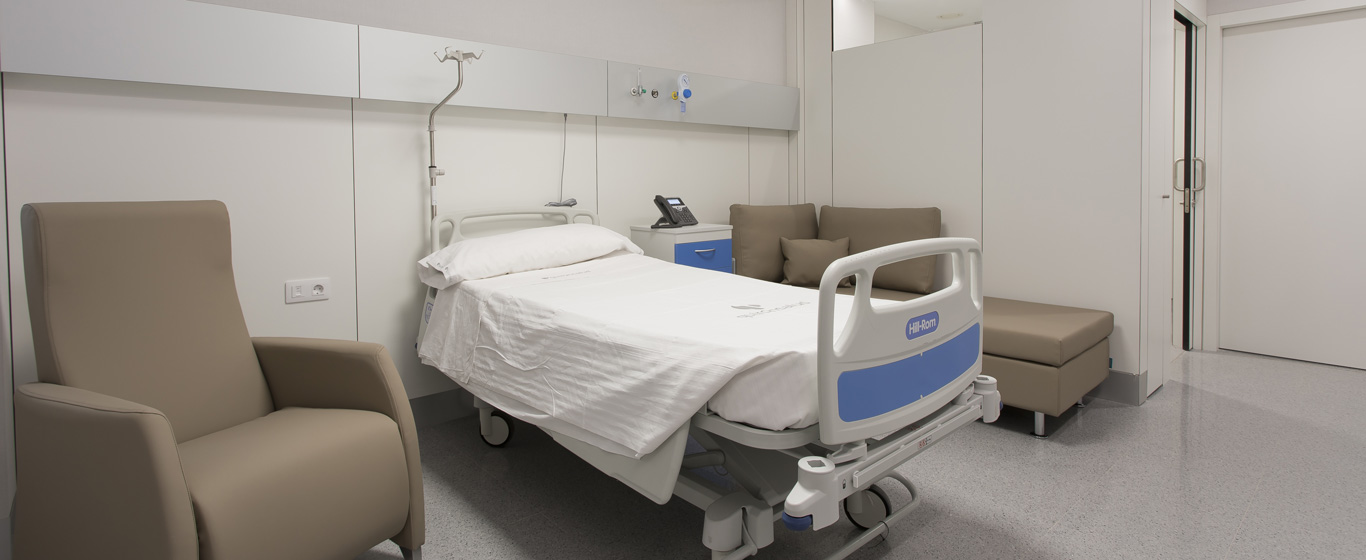Osteoporosis
What are the risk factors for osteoporosis? Tips to prevent and treat its symptoms.
Symptoms and Causes
Osteoporosis is a disease that causes the loss of bone tissue, making bones more porous and reducing their density. As a result, the risk of fractures increases because bones become less resistant to impacts, stress, or weight-bearing activities. The wrist, hip, and spine are the most commonly affected areas.
Healthy bone tissue is constantly renewing itself, as new cells are produced while old ones are reabsorbed. Osteoporosis occurs when this balance is disrupted, either due to increased absorption or because new bone formation is slower than bone deterioration.
Symptoms
Bone mass loss does not produce symptoms in its early stages. Only when osteoporosis progresses and bones become fragile do signs of the disease start to appear. The most notable ones include:
- Bone fractures that occur more easily than normal.
- Bone pain, which becomes particularly severe in the back.
- Microfractures, causing continuous discomfort.
- Vertebral compression fractures.
Causes
Osteoporosis can be classified into four types based on its causes:
- Osteoporosis secondary to another disease: Caused by the use of heparin or corticosteroids to treat rheumatic, hematologic, or endocrine conditions.
- Idiopathic osteoporosis in juveniles or adults: The mechanisms involved in its development remain unknown.
- Type I osteoporosis: Also known as postmenopausal osteoporosis, it is triggered by a lack of estrogen.
- Type II osteoporosis: Caused by the natural aging process, it is also referred to as senile osteoporosis.
Risk Factors
At the beginning of life, bones develop rapidly, and bone mass increases significantly. This process slows down after adolescence, with peak bone mass typically reached around age 30. From this point on, bone mass begins to decline. Therefore, aging is the primary risk factor for osteoporosis.
Additionally, other factors increase the likelihood of developing this disease:
- Sex: Osteoporosis is more common in women due to factors such as smaller bone structures and the decline in estrogen levels during menopause.
- Race: White and Asian individuals develop less bone mass throughout their lives compared to others.
- Hormonal imbalances: In addition to low levels of sex hormones, an excess of thyroid hormone can contribute to osteoporosis.
- Family history of osteoporosis.
- Low calcium intake.
- Excessive alcohol consumption.
Complications
Osteoporosis increases the risk of bone fractures and makes them more complex. One of the most severe complications is hip fracture, which can be disabling and is associated with an increased risk of death within the first year after injury. Additionally, when bones become extremely weak, vertebral fractures can occur, leading to pain, a hunched posture, and loss of height.
Prevention
To prevent the loss of bone density, it is advisable to adopt habits such as:
- Engaging in regular exercise from an early age.
- Consuming calcium-rich foods, such as dairy products, soy, or salmon.
- Increasing vitamin D levels by spending time in the sun with proper precautions, eating foods like trout or cod liver, or taking supplements.
Which Doctor Treats Osteoporosis?
The specialists best suited to treat osteoporosis are traumatologists and rheumatologists. However, immunologists, gynecologists, family physicians, and specialists in physical medicine and rehabilitation also address this condition in their practice.
Diagnosis
Various imaging-based tests can be used to diagnose osteoporosis, as visual examination, blood tests, and urine tests do not reveal bone mass loss. The most commonly used diagnostic tests include:
- Bone densitometry: Measures the degree of bone mineralization and allows for early diagnosis.
- Computed tomography (CT): Used to examine the condition of the spine in detail.
- X-ray: Shows bone deterioration in advanced stages of the disease.
Treatment
Since lost bone mass cannot be regained, the goal of osteoporosis treatment is to prevent fractures. The most common approaches include:
- Recommendations for maintaining a healthy lifestyle, including moderate daily exercise and a calcium- and vitamin D-rich diet.
- Support for individuals who need help quitting smoking.
- Hormone therapy to compensate for estrogen or testosterone deficiencies.
- Medications that stimulate bone growth and strengthen bones.
- Medications to prevent further bone mass loss.









































































































